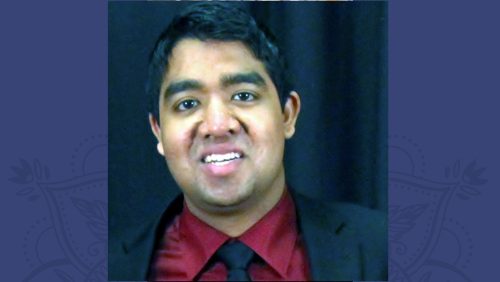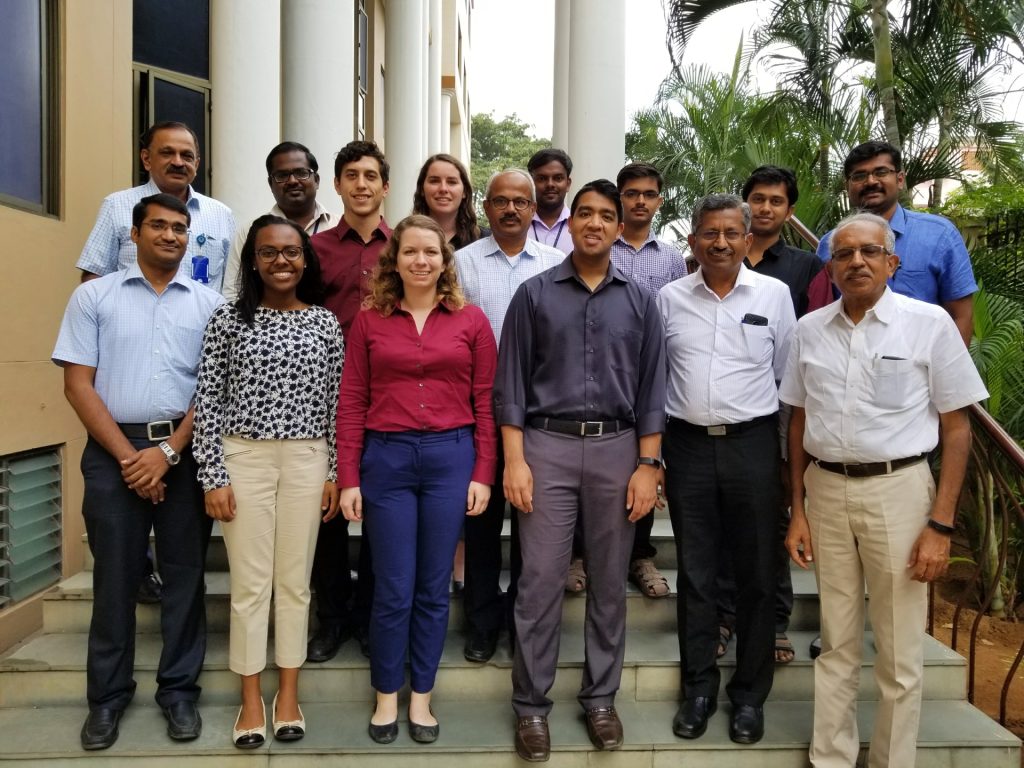
“My mission is to create a world where no person is limited by the circumstances of their birth.”
Dr. Kunal Parikh, a research faculty member in the Departments of Biomedical Engineering and Ophthalmology at the Johns Hopkins School of Medicine sees a future where technology is a great equalizer in medicine. The surface has barely been scratched.
“There are two core elements of healthcare innovation that are often overlooked. One is the unique value of technology as it relates to transforming healthcare. Technology innovation is really the only lever you can pull that can singlehandedly address each of the major challenges in healthcare today, including decreasing cost, increasing access, improving outcomes, and growing capacity,” he explains. “The other is the manner in which we develop technology. Innovators often start with a new idea or solution in mind rather than starting with a deep understanding of a critical, unmet need and developing a solution that meets the unique constraints of stakeholders experiencing that need.”
“All of our work at Johns Hopkins starts first with observing, learning, asking questions, identifying worthy needs, and deeply understanding them from the perspective of each stakeholder, including doctors, patients, administrators, purchasers, nurses, and caregivers,” he explains.
Eliminating avoidable blindness
Parikh points to India and his work there as an example, where access to eye care is a major challenge, particularly in rural areas.
“On average, there is only one ophthalmologist for every hundred thousand patients who often struggle with lack of access, including distance to healthcare facilities, limited ability to pay, comorbidities, and lack of trained personnel,” he said. “Whether it’s telemedicine to increase access, sustained treatment modalities to reduce hospital visits, artificial intelligence to help with training or task-shifting, or simpler, lower cost technologies, these are areas where I felt technology could be uniquely helpful.”

Kunal Parikh with Aravind Eye Care System leadership and a team of CBID students.
Parikh’s research program at Johns Hopkins started in the Center for Nanomedicine with development of medical devices that could also deliver drugs, such as sutures. The primary applications of those devices were in ophthalmology, where he noticed relatively little technology innovation focused on low resource settings, where the burden of eye disease is greatest. In December 2017, he created a new initiative, the Global Institute for Vision Equity, to identify major, unmet needs in global ophthalmology and develop and translate impactful solutions in an efficient, accessible, and affordable manner. With pilot funding from the Alliance for a Healthier World, he took a team of biomedical engineering students from the Center for Bioengineering Innovation & Design with him to Aravind Eye Hospital (AEH) in Tamil Nadu, where they spent two weeks identifying and understanding unmet eye care needs. Almost every year since then, he has returned to AEH to collaboratively identify and better understand unmet eye care needs and develop solutions uniquely tailored to the patients, providers, and context of care in low- and middle-income countries.
Three projects that have already come out of that process. The first project focused on improving access and outcomes of corneal transplants, which turned into a company called Eyedea Medical, whose first product improves corneal graft preparation. “In about four years, from starting the company, its product was being used in eye banks, Parikh says. “That was so exciting.”
The second project seeks to improve access to high quality cataract surgery through a proprietary, handheld device. The team recently completed a usability study with their partners at AEH and are charting a path towards a first-in-human study.
The third project, Visilant, leverages telemedicine to provide patients with access to eye screening and refer them into care as quickly as possible. The team recently completed a 1,000-patient validation study in collaboration with AEH.
In the Field
Dr. Parikh related the story of conducting door-to-door eye screenings in India with the Shroff’s Charity Eye Hospital as part of his work with Visilant.
“It must have been at least a hundred degrees that day, and we were in the most rural place I’ve visited in my life, several hours north of Delhi, but all I could think about was the incredible dedication of these community health workers. Going door-to-door in that kind of heat, knocking on every single door, doing eye screenings, and becoming people that these villages and communities trust. Interestingly, as soon as they started knocking on a few doors, it was amazing how that community, where not everyone has electricity or phones, knows each other so well that the word had already gone out that we were there to provide eye screenings. It got to the point where we didn’t need to knock on doors anymore. The community knew who needed screening and those individuals came to us directly.”
“We also met a very small kid, maybe just a couple of years old, that had an injury in one eye. His father got word from someone, found us while we were going through the village, and brought him to our team. If we weren’t there on that specific day in that specific village, doing door-to-door screening, I don’t know if that child would have received the appropriate care,” Parikh shared. “That experience left a powerful imprint on my mind.”
“There are so many vulnerable individuals who don’t have access to eye care, and especially for someone young like that, vision care can change your entire life—your ability to get an education, to have a job, to provide for a family, and to be self-actualized. I’m grateful to work with many talented and mission-driven students and faculty at Johns Hopkins to help enable equity in eye care.”